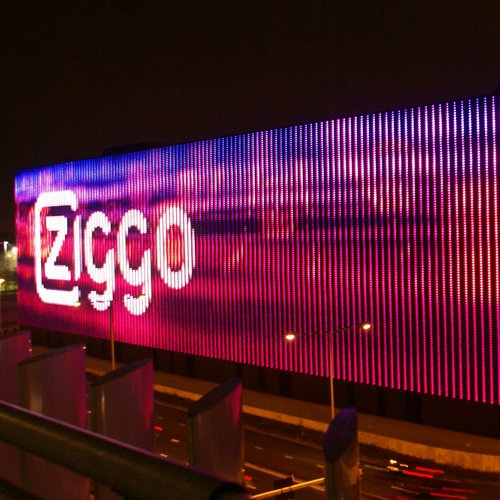
VodafoneZiggo launched the first commercial 5G network in the Netherlands, helped by Ericsson's dynamic spectrum sharing (DSS) technology that enables the operator to use existing 4G antennas and frequencies in the 1800MHz band.
The Dutch joint venture of Vodafone and Liberty Global therefore seems to have pipped rivals KPN and T-Mobile Netherlands to the post, even though the latter had aimed to be first to market with new 5G services. The operator is using non-standalone 5G technology from Ericsson as well as the vendor's DSS technology to support the launch of 5G services in the 1800MHz band. VodafoneZiggo also owns 4G frequencies in the 800MHz, 2100MHz and 2600MHz bands.
Vodafone Group has already touted the benefits of DSS, which has been cited by Heavy Reading's 5G expert Gabriel Brown as a key approach for operators looking to expand their 5G service availability during 2020. It certainly seems that VodafoneZiggo is keen to get ahead of rivals in a market that is already lagging behind other European countries in terms of 5G availability.
VodafoneZiggo said its network now covers over half of the Netherlands, specifically the Randstad metropolitan region, large parts of the southern and central Netherlands and large cities in other areas. It is aiming for nationwide coverage by the end of July 2020. It also said 5G download speeds would initially be around 10% higher than 4G.
Meanwhile, the Dutch government is expected to carry out its 5G auction by June 30, 2020, when it will allocate frequencies in the 700MHz, 1400MHz and 2100MHz bands. All three operators are expected to take part. A key problem in the Netherlands is that 3.5GHz spectrum is not yet available for 5G services as it is currently being used for satellite communications by Dutch intelligence services. An auction of 3.5GHz spectrum seems unlikely before 2022.
For more on this topic, see:
— Anne Morris, Contributing Editor, Light Reading
About the Author(s)
You May Also Like












